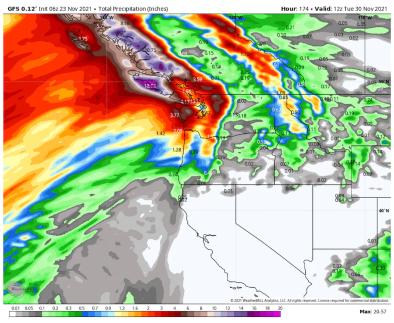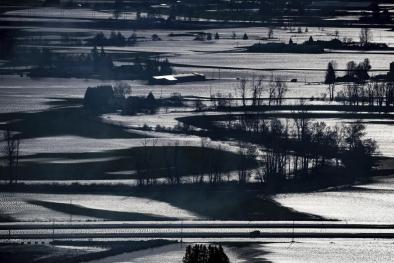Science Source
Human Influence on Winter Precipitation Trends (1921–2015) over North America and Eurasia Revealed by Dynamical Adjustment
Our research demonstrates that human-caused climate change has clearly affected precipitation over the past 100 years.
Clara Deser, NCAR senior scientist and co-author of the study
- States that detecting and attributing a human influence on observed rainfall trends is a major challenge due to the presence of large amplitude internal variability on all time scales and by limited temporal and spatial data coverage
- Applies a “dynamical adjustment” methodology to a gridded archive of monthly precipitation to estimate an anthropogenic influence on long‐term (1920–2015) trends over North America and Eurasia during winter (November–March)
- This empirical approach aims to remove atmospheric circulation influences from precipitation variability and trends, thereby revealing the thermodynamically induced component as a residual
- The geographical pattern and amplitude of this observed thermodynamic residual precipitation trend are in good agreement with anthropogenically forced trends obtained from ensembles of historical climate model simulations
- Such consistency helps to reconcile observations and models and provides compelling evidence for a human influence on century‐scale precipitation trends over North America and Eurasia during the cold season
- Concludes that we are able to identify a human influence on observed century‐scale precipitation trends over North America and Eurasia
Related Content
Headline

Nov 24, 2021 | The Washington Post
Atmospheric rivers to blast British Columbia yet again with more flooding
Headline

Nov 19, 2021 | Climate Nexus Hot News
Thousands Stranded By British Columbia Floods
Headline

Nov 16, 2021 | Climate Nexus Hot News
Deluge Submerges Parts Of PNW, British Columbia
Science Source
| University of Vermont
Vermont Climate Assessment 2021
Gillian Galford et al.


